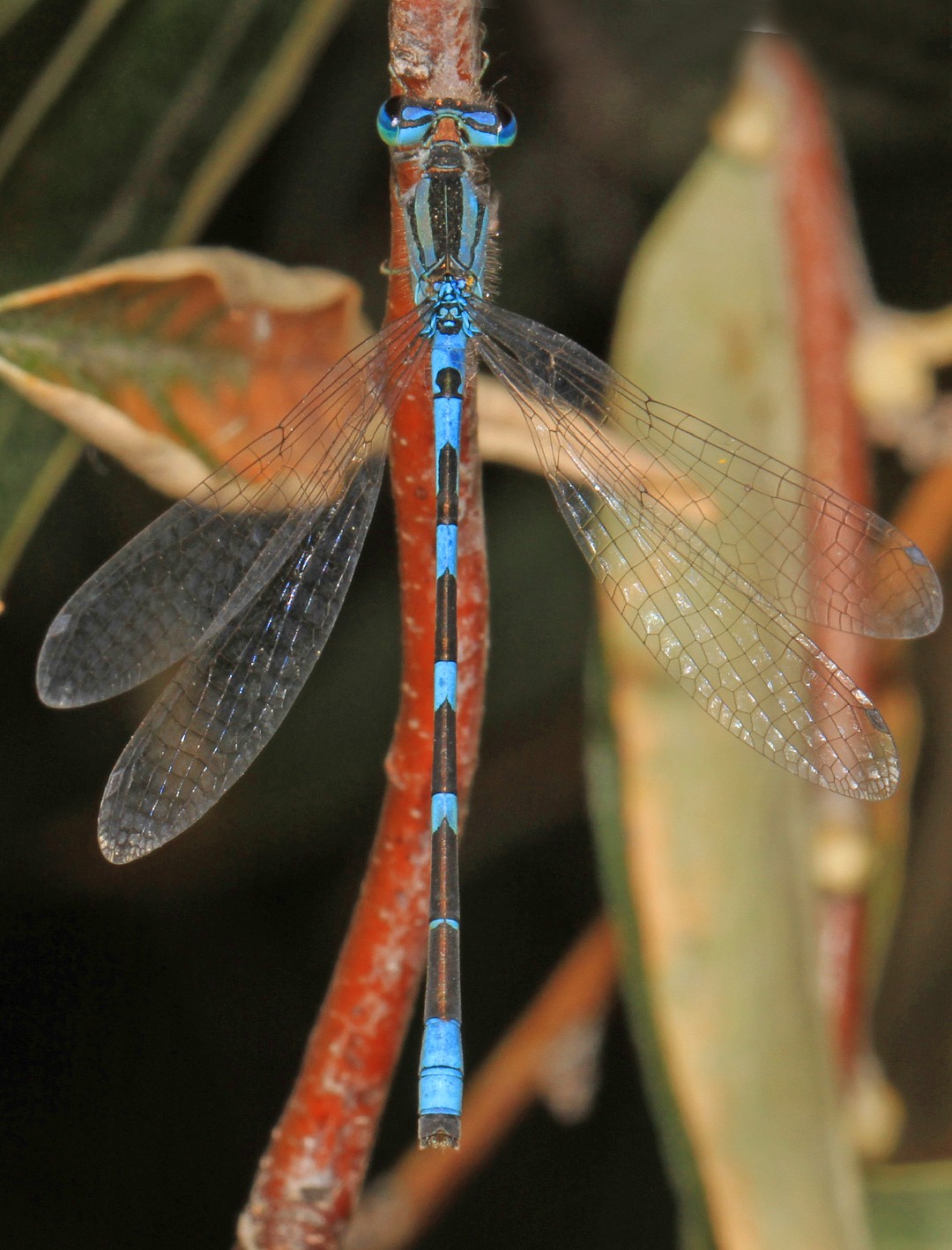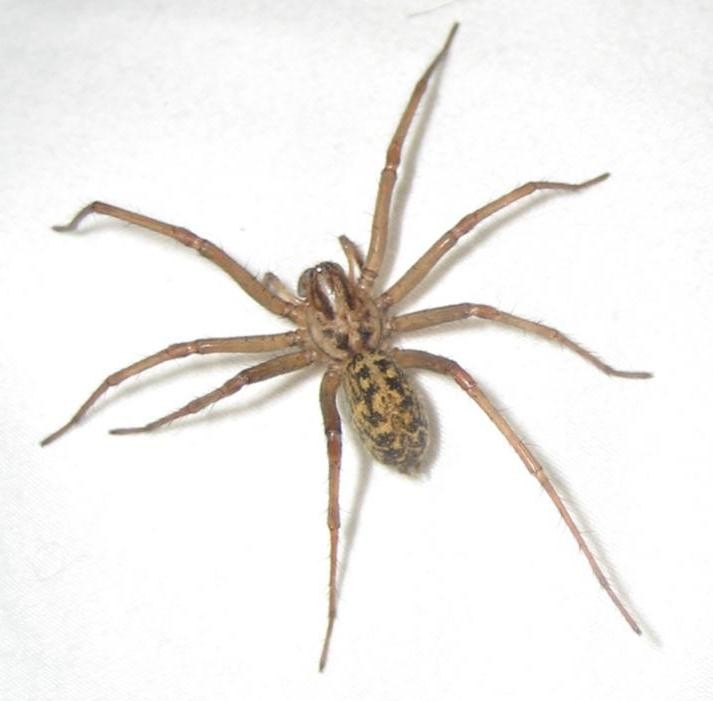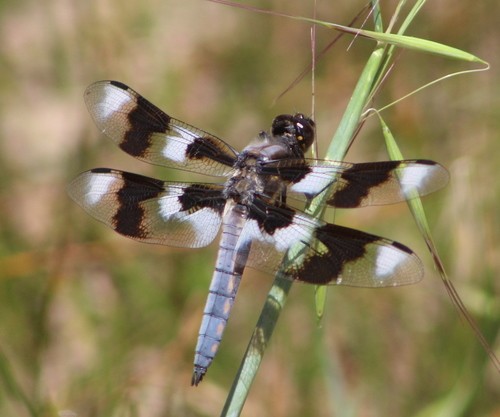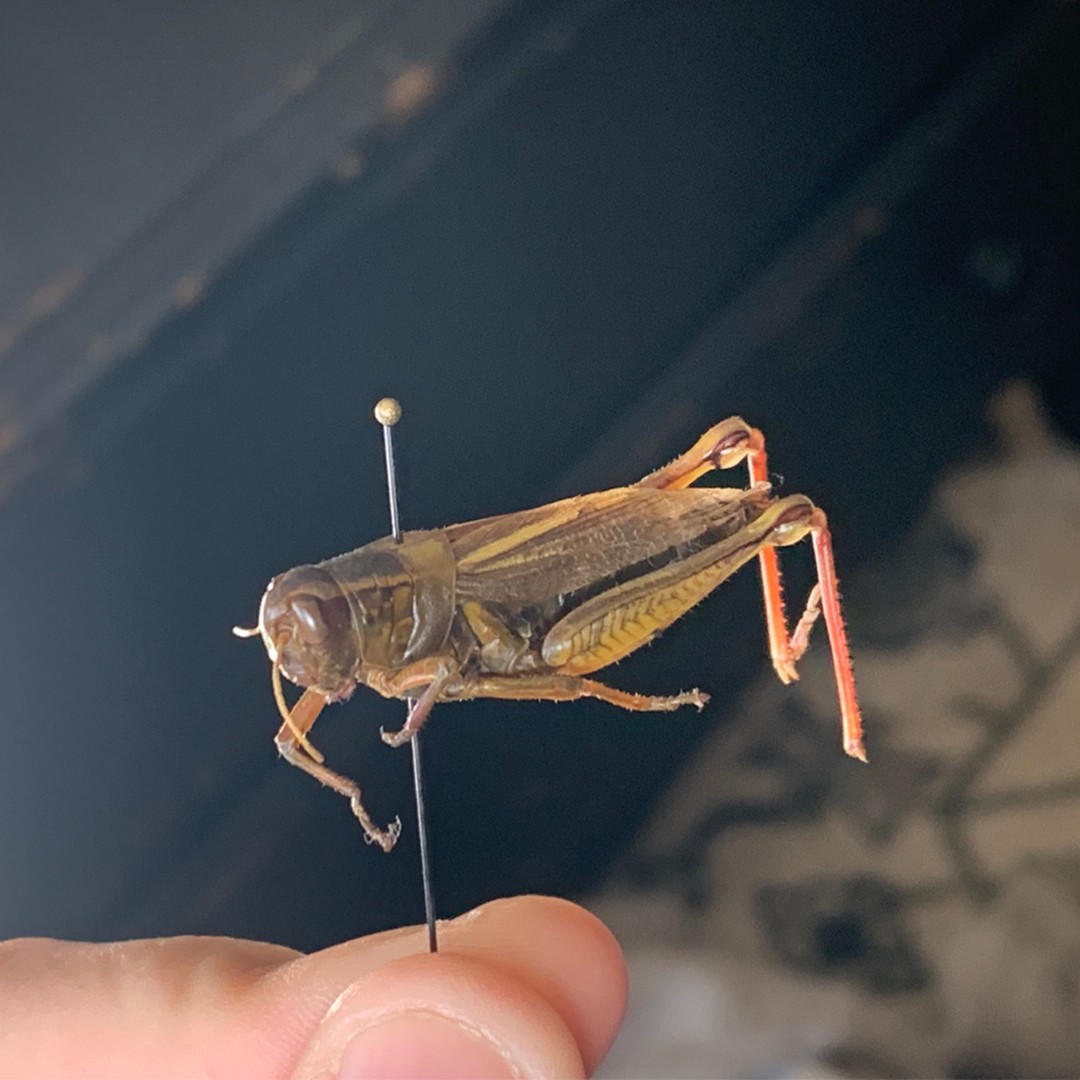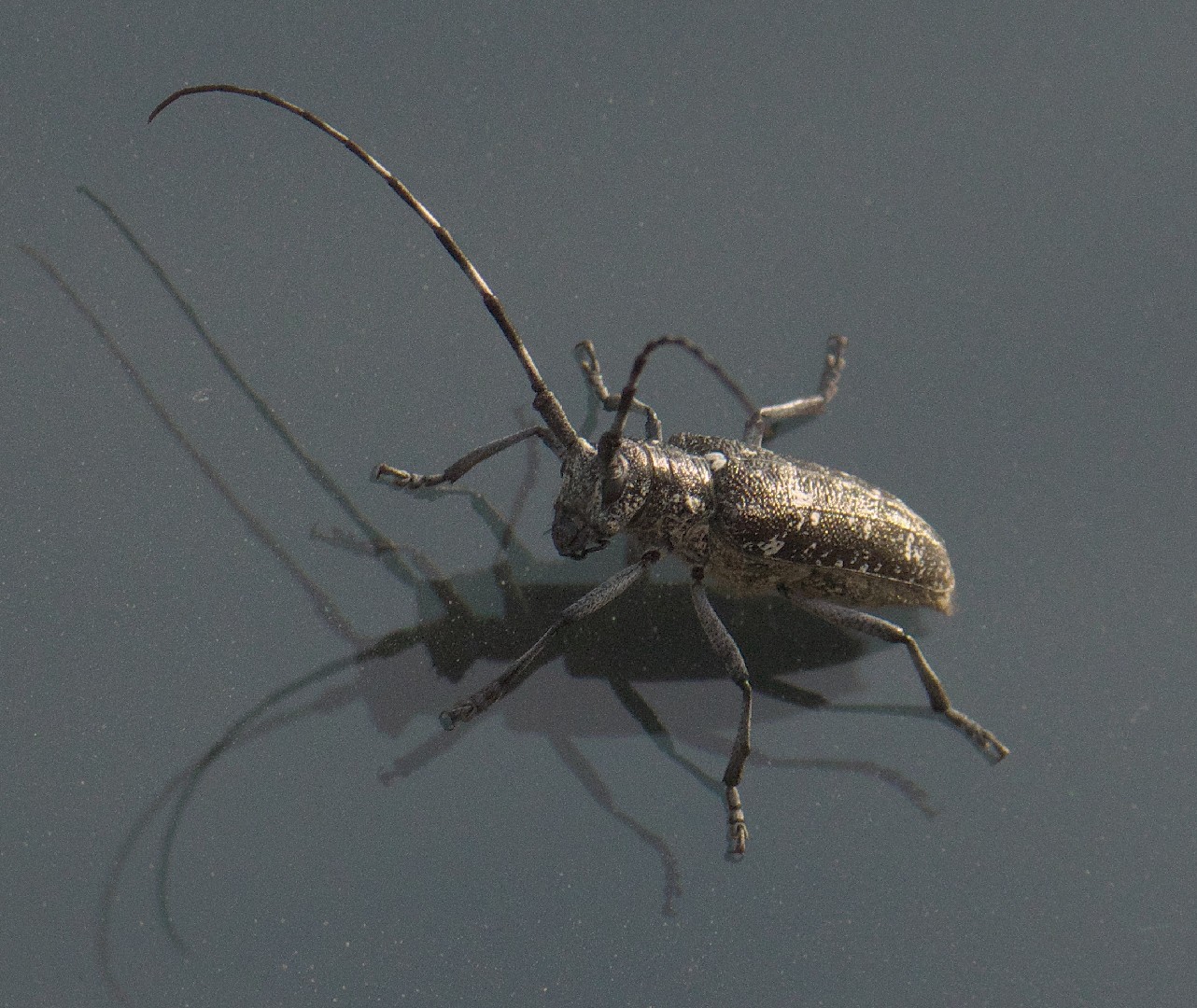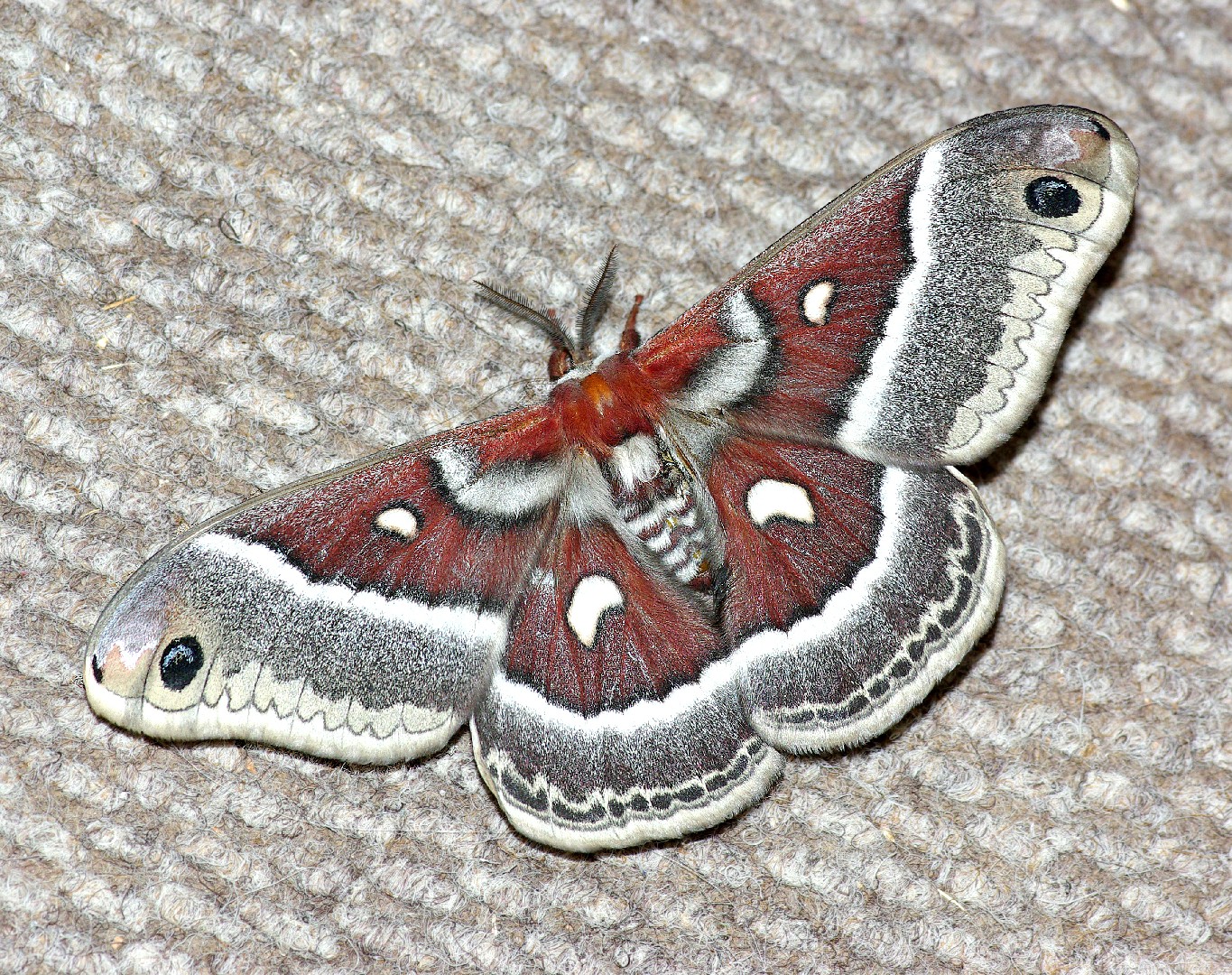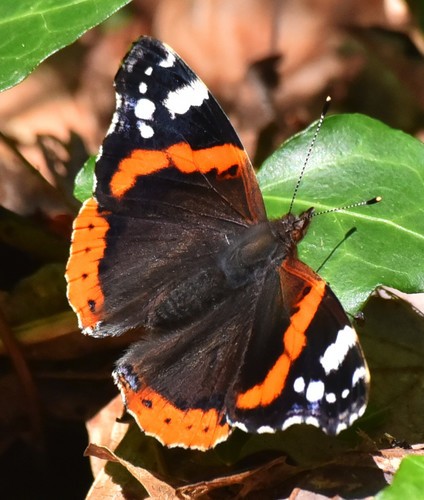Top 20 Most Common Insects in Wyoming
Insects, fascinating creatures with distinctive attributes, are a vital part of Wyoming's ecosystem. The state's diverse geography nurtures a range of insects, each adding unique flavor to its biodiversity. In our list of 20 most common insects, we'll delve into their significance, as pests and allies, to better comprehend their interaction with their environment. Discover how, driven by a myriad of habitats, these crawlers and fliers shape Wyoming's ecological tapestry.
Most Common Insects
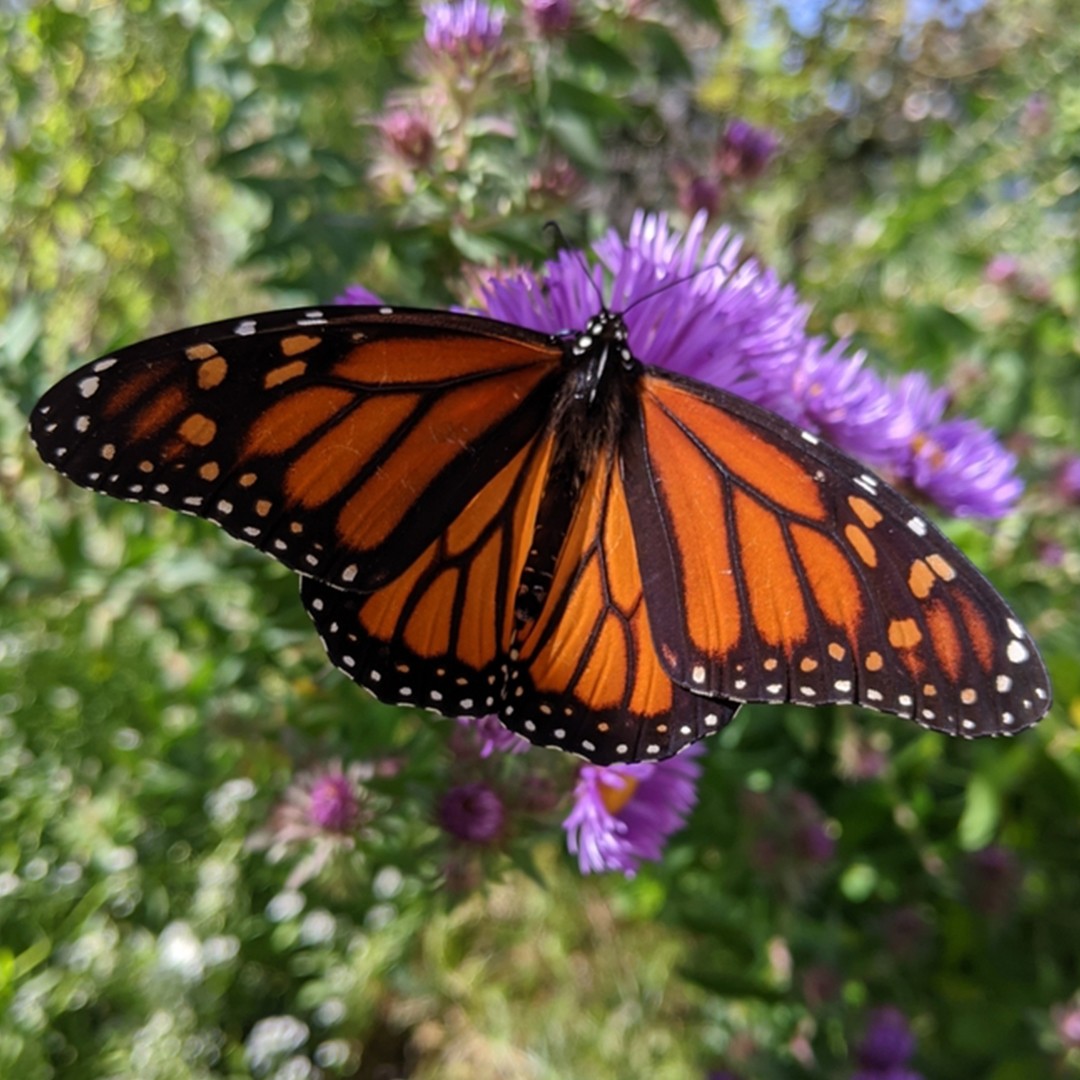
1. Monarch butterfly
The monarch butterfly (Danaus plexippus) is the most recognizable butterfly in North America. It is best known for its appearance, but should be better known for the fact that it has a 3000-mile migration that takes the butterfly 4 generations to complete. Their diet is also a natural deterrent for predators, as they eat milkweed, a poison that induces vomiting.
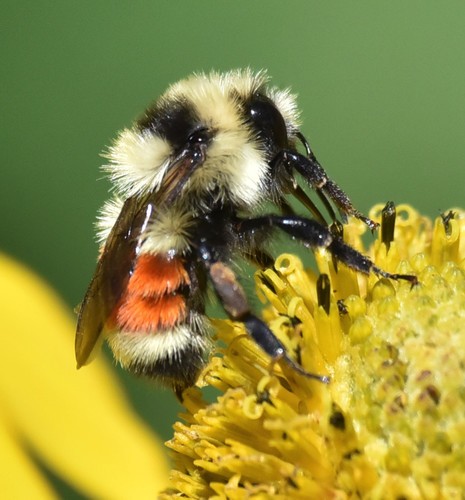
2. Hunt's bumble bee
Bombus huntii is a non-woven insect from the family of bees and bumblebees (Apidae). The scientific name of the species was first validly published in 1860 by Greene.

3. Rocky mountain parnassian
The butterfly ranges in color from white to pale yellow-brown, with red and black markings that indicate to predators it is unpalatable. 

4. Eastern Boxelder Bug
The eastern Boxelder Bug (Boisea trivittata) pierces and feeds on maple seeds. They are not generally considered pests unless they invade homes or destroy fruit in the process. If they do invade homes, their excrement can stain the upholstery. They are also known as the boxelder bug.
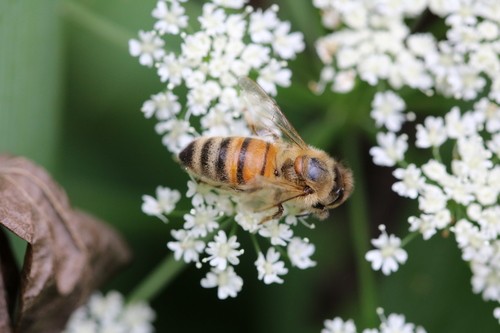
5. Western honey bee
Western honey bee(Apis mellifera) is the most common species of honeybee in the world. Among the first domesticated insects, its cultural and economic impact on humanity has been vast and far-reaching, providing honey, wax and its services as a pollinator. Western honey bee faces challenges worldwide, such as colony collapse disorder, and populations are thought to be decreasing.
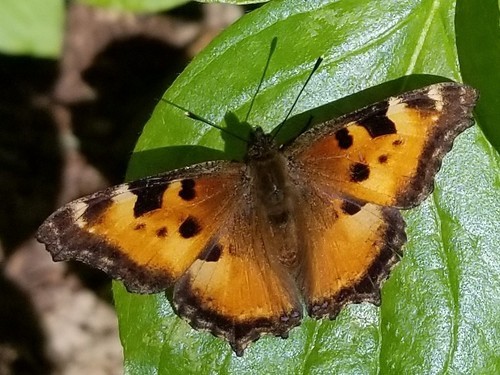
6. California tortoiseshell
It is recognized for the top of its wings being orange with big black spots (used mainly for camouflage). The browns and grays of the wing underside make it resemble a dead leaf when the wings are closed. Its wingspan varies from 1.25–2.75 in. 
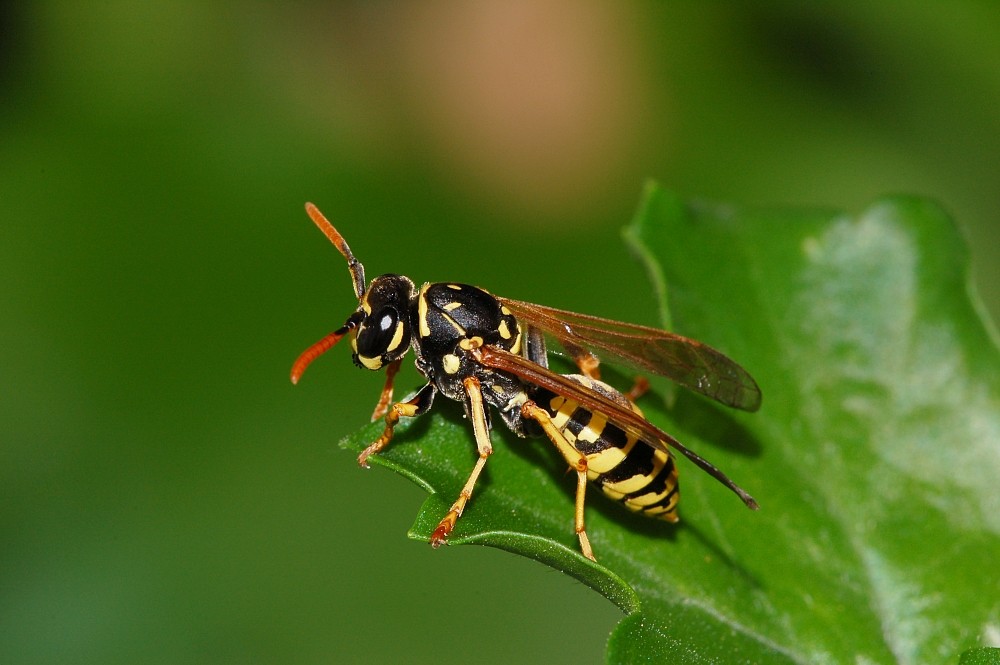
7. European paper wasp
A particularly hated invasive species in North America, european paper wasp (Polistes dominula) is well-known for its tendency to nest on human porches and sting if approached. Nests are controlled by a dominant female queen, who lays most of the eggs. Dominance among individuals can be predicted by the shape, size and number of spots they display, with more spots signaling greater dominance within the nest.
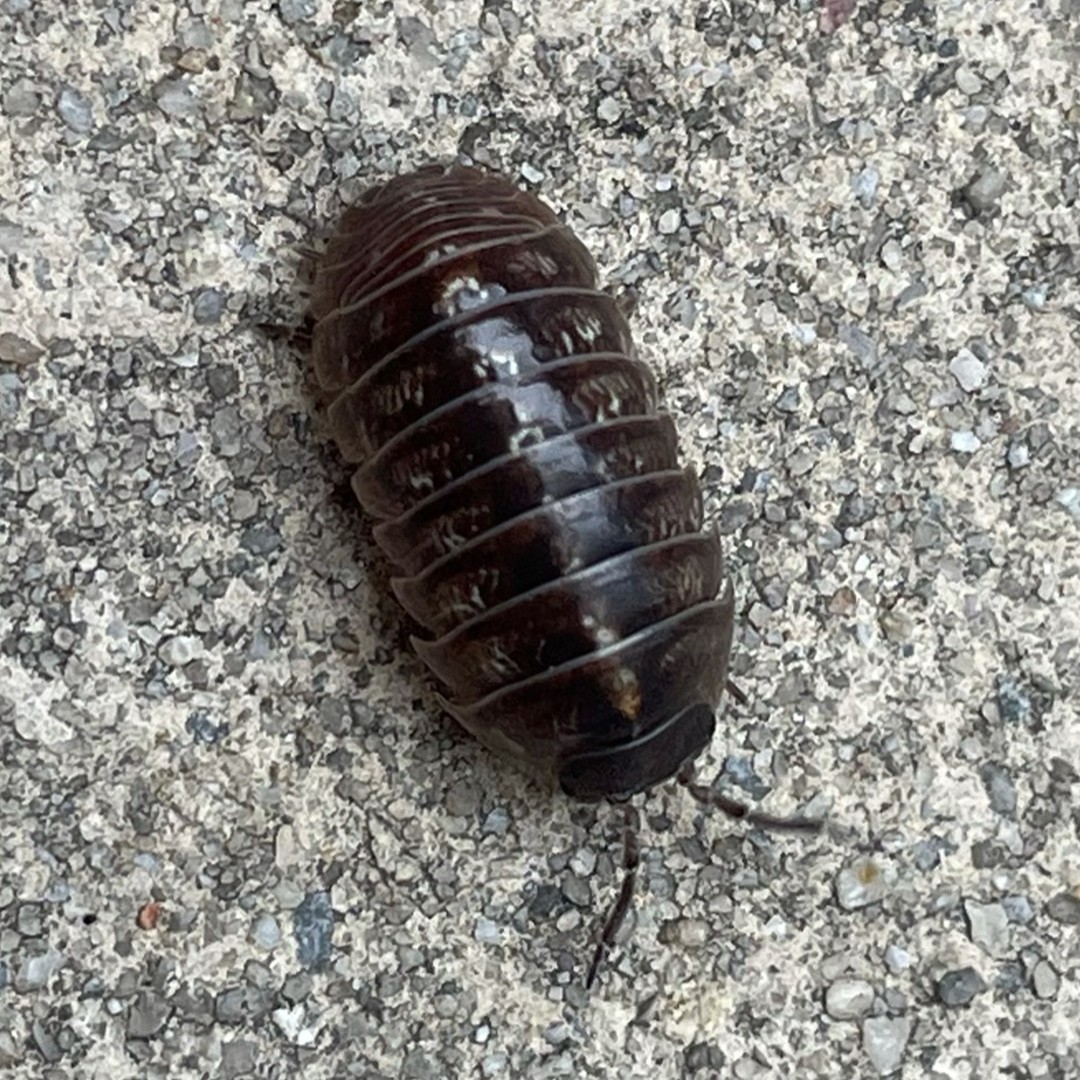
8. Common Pill-Bug
The common Pill-Bug is a nocturnal woodlouse species that's fairly popular among hobbyists and sometimes kept as a pet. When disturbed, this small bug rolls into a ball, resembling a pill or armadillo, hence both its Latin and common English names. Compared to other Armadillidium species, this one is able to withstand drought more than any other. 
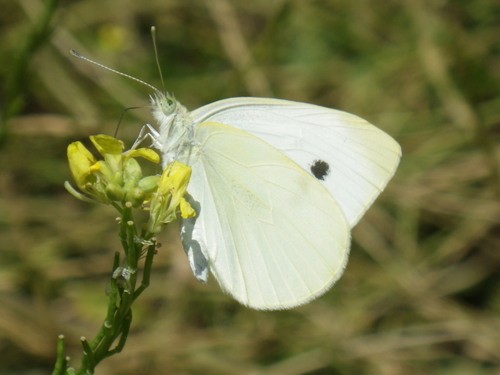
9. Cabbage white
Cabbage white (Pieris rapae) derives its common name from its habits as a caterpillar, which is a ferocious pest for cabbage, kale and broccoli farmers. In North America, it is one of the first butterflies to emerge in spring, heralding the beginning of the season.

10. Bold jumping spider
The bold jumping spider (Phidippus audax) earned that name from its ability to be sneaky and jump on their prey. Their incredible eyesight allows them to spot prey from greater distances than other spiders. Another possible way it could have earned its name is due to its mating habits. If the female approaches too quickly the male can jump away.
More
